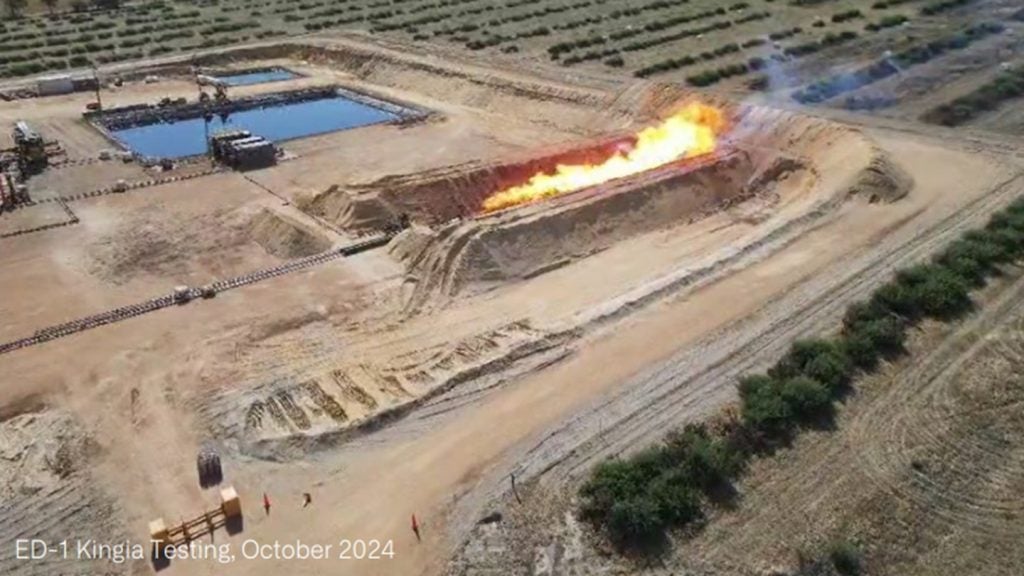Global oil prices have slipped after touching a fresh five-month peak, but concerns over global crude supplies restricted the losses.
Brent crude oil futures dropped by 11 cents to $71.44 a barrel while US West Texas Intermediate (WTI) crude futures were down 26 cents to $63.63 a barrel, reported Reuters.
In the previous session, Brent crude touched its highest level since 12 November 2018 at $71.87.
The oil market consolidated in 2019 over crude supply cuts led by the Organization of the Petroleum Exporting Countries (OPEC) and other countries, referred to as OPEC+. Since January 2019, the alliance agreed to reduce output by 1.2 million bpd for six months.
The participants are scheduled to meet again in June to decide whether to continue supply cuts. Saudi Arabia, a prominent member of the OPEC+ alliance, is inclined to continue with the deal. However, other members, including Russia, could favour an increase in output.
How well do you really know your competitors?
Access the most comprehensive Company Profiles on the market, powered by GlobalData. Save hours of research. Gain competitive edge.

Thank you!
Your download email will arrive shortly
Not ready to buy yet? Download a free sample
We are confident about the unique quality of our Company Profiles. However, we want you to make the most beneficial decision for your business, so we offer a free sample that you can download by submitting the below form
By GlobalDataOil supplies to the market also tightened due to the ongoing conflict in Libya, a key petroleum producer. Last week, Libya’s National Oil head warned that fresh violence may completely eliminate crude production in the country.
Energy Aspects oil analyst Virendra Chauhan was quoted by Reuters as saying: “I would expect oil to trade in a relatively tight band around $70 per for the time being.
“Leading edge indicators on US supply suggest activity levels are stepping up, which is supportive for strong production growth in the second half.”
Last week, General Electric’s Baker Hughes energy services firm said that the number of oil rigs operating in the US increased for the consecutive second week. The rig count, which now stands at 833, decreased for the past four months as energy companies focused on reducing spending on new drilling activities.







